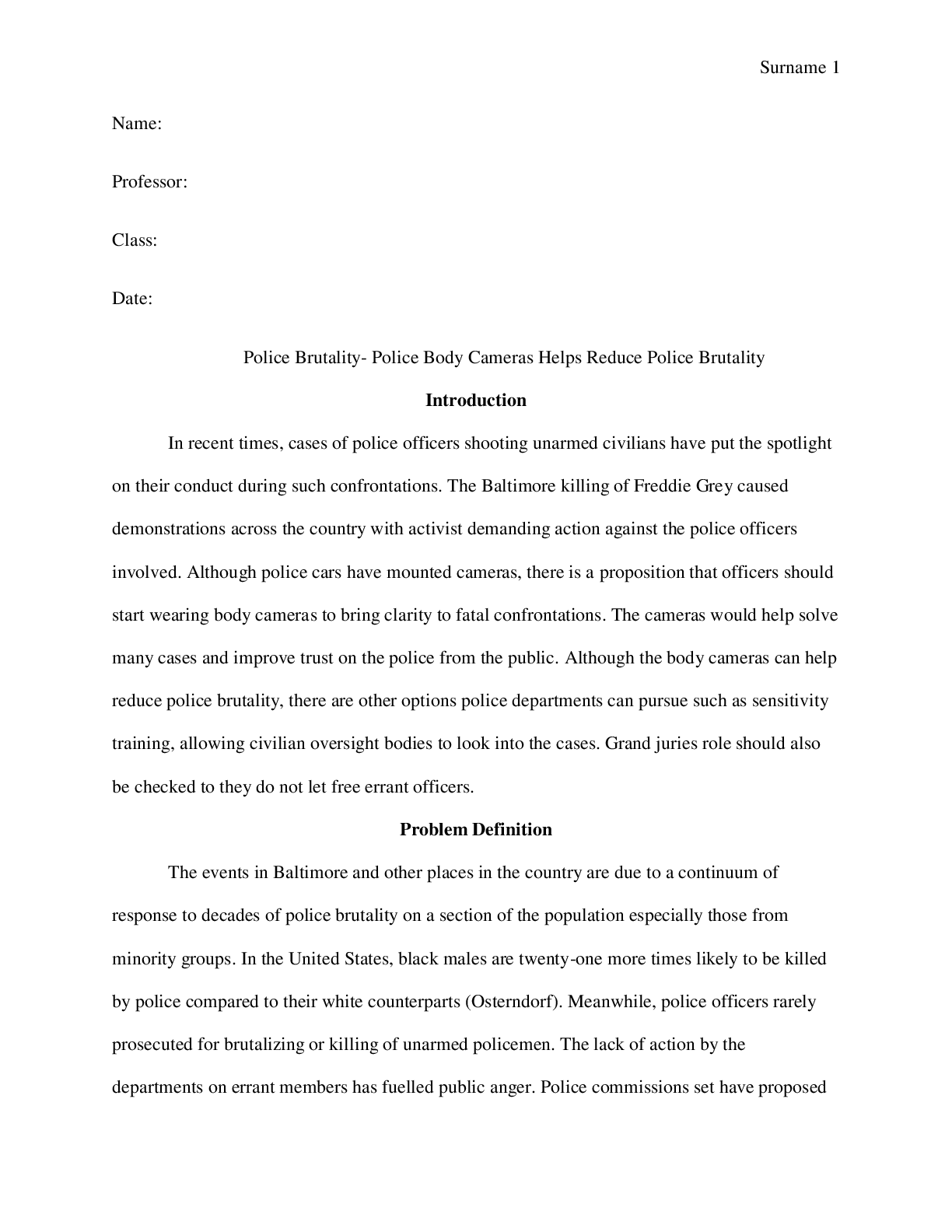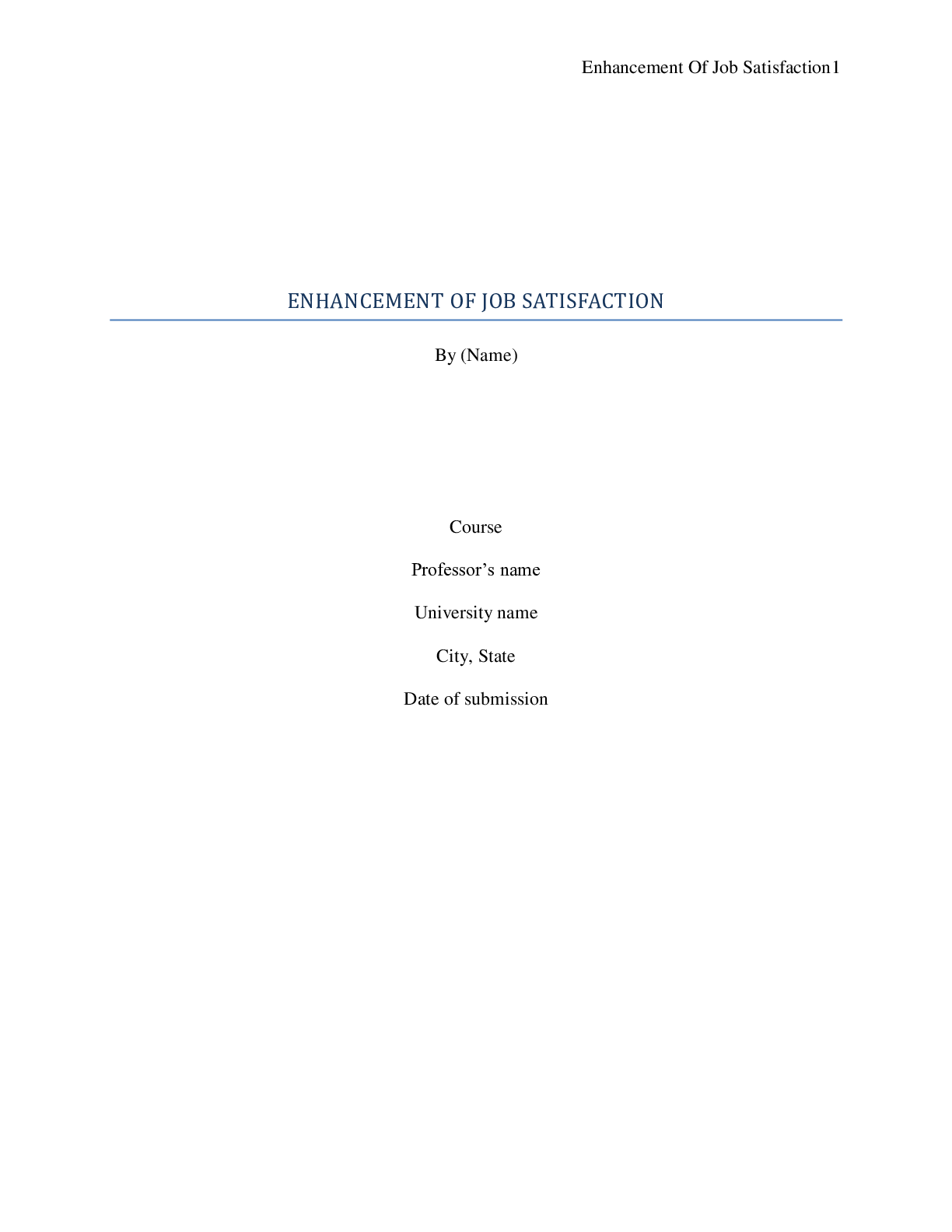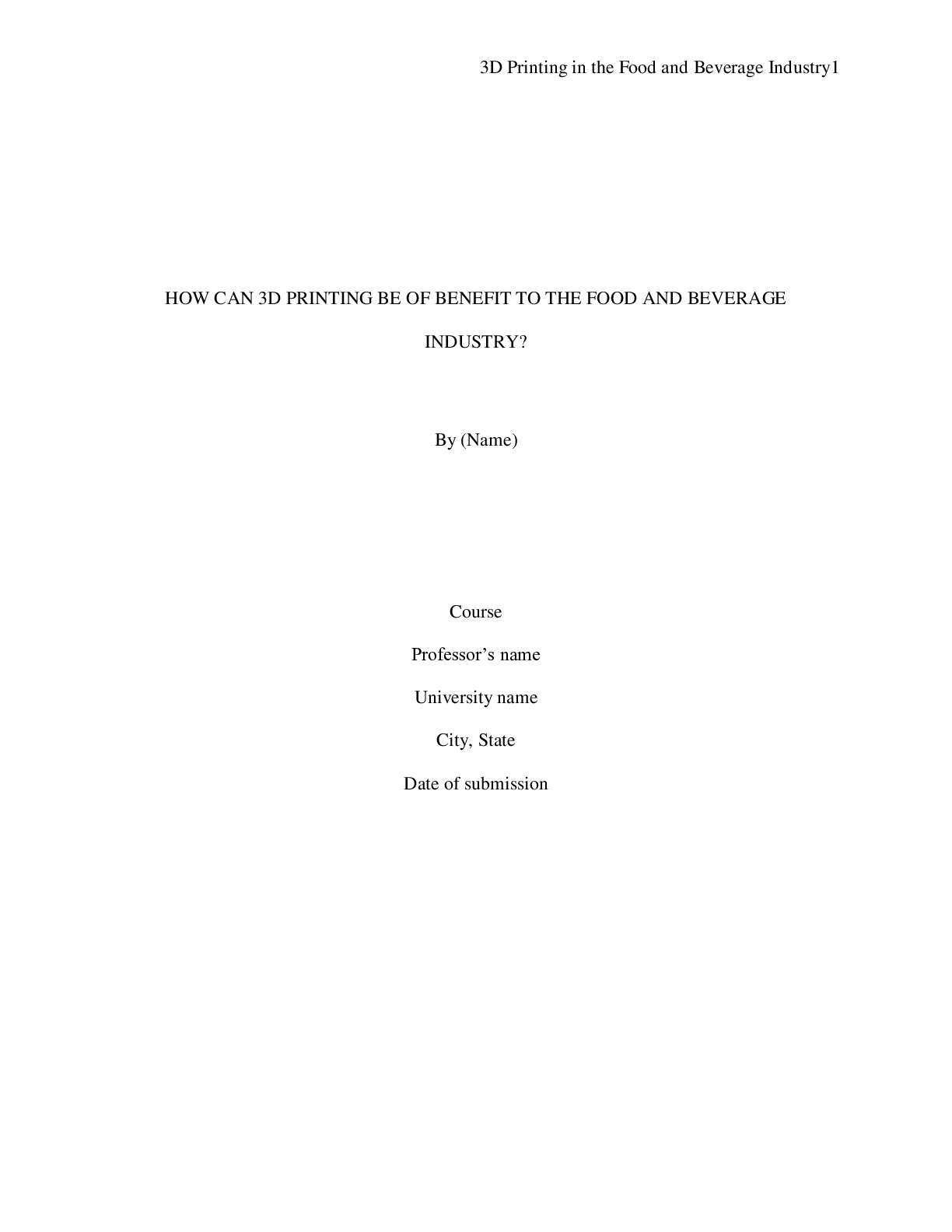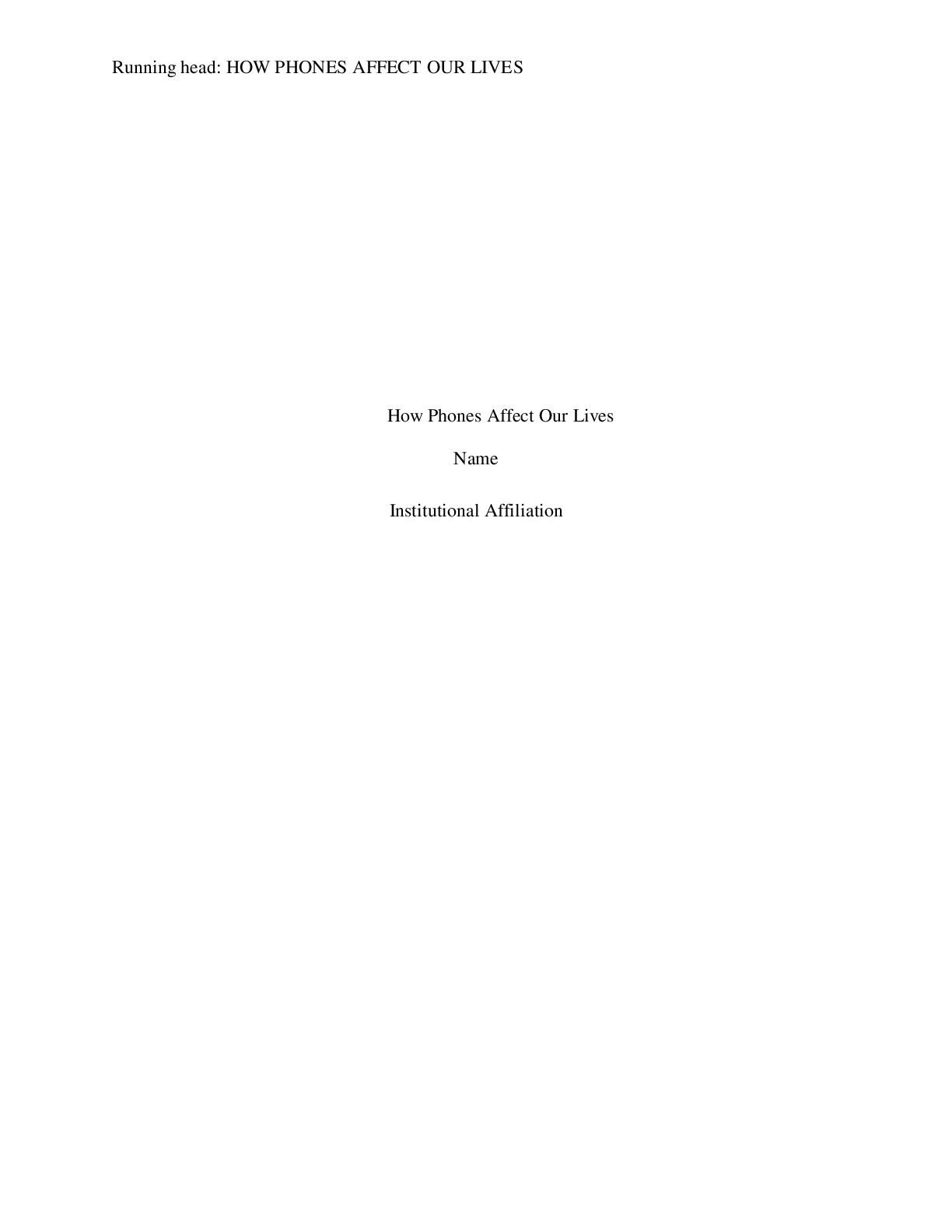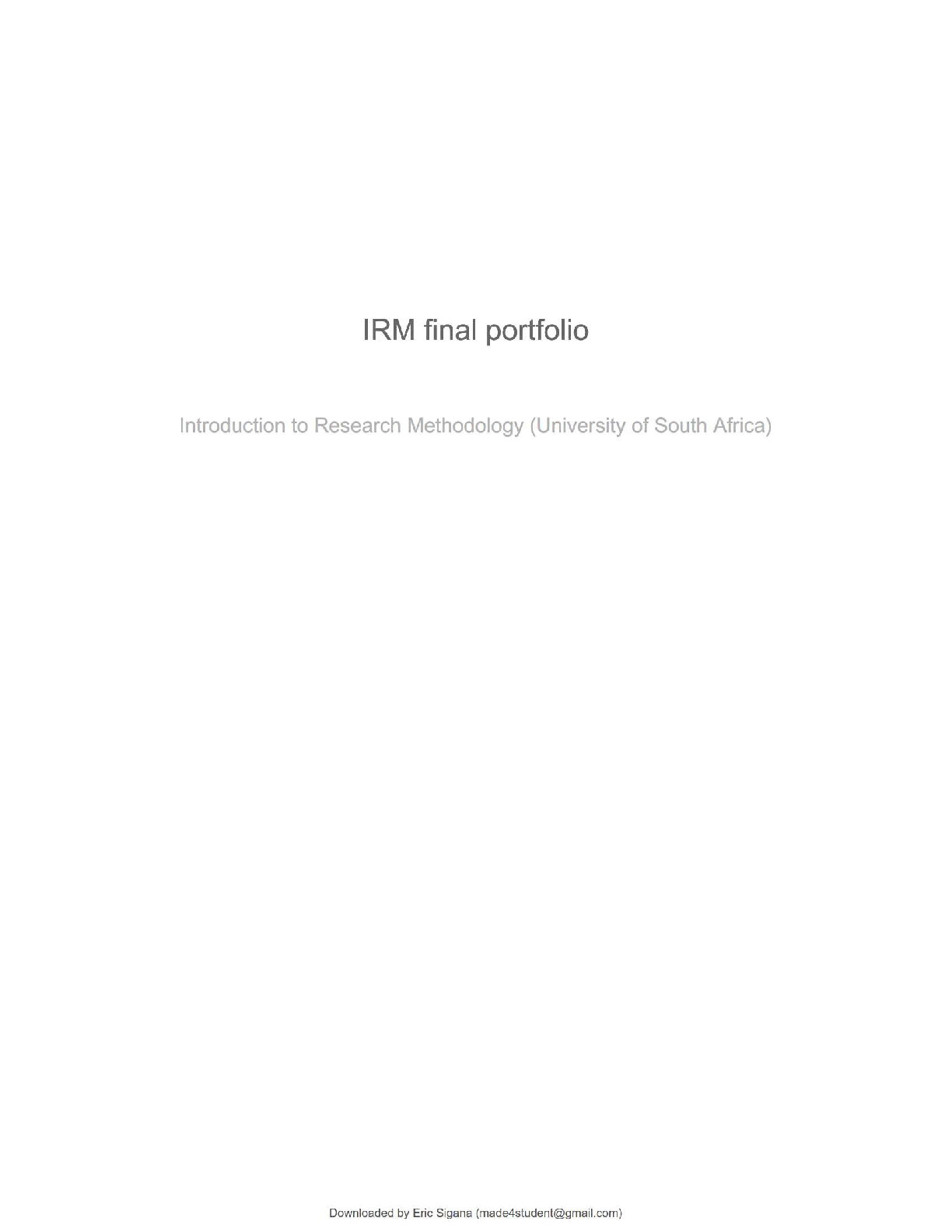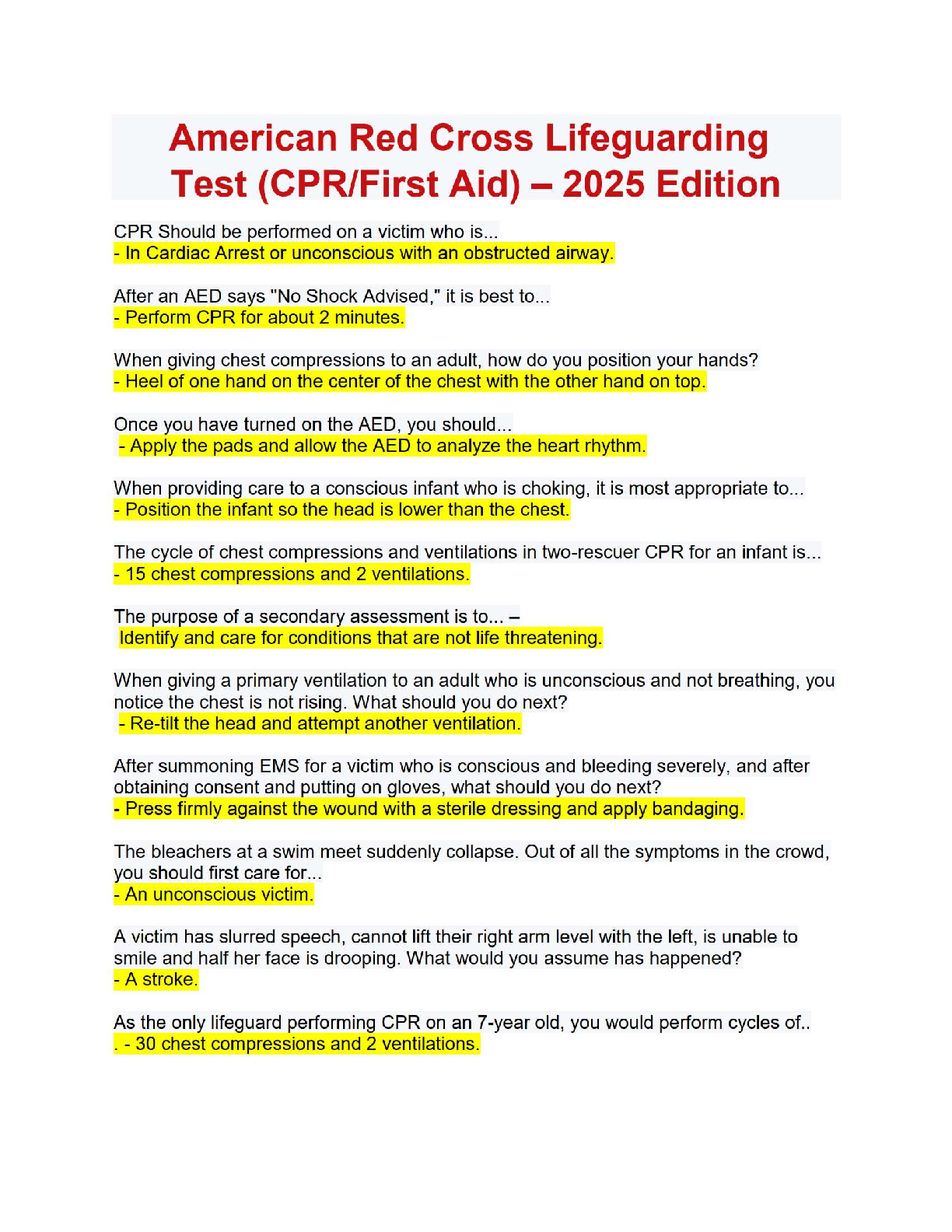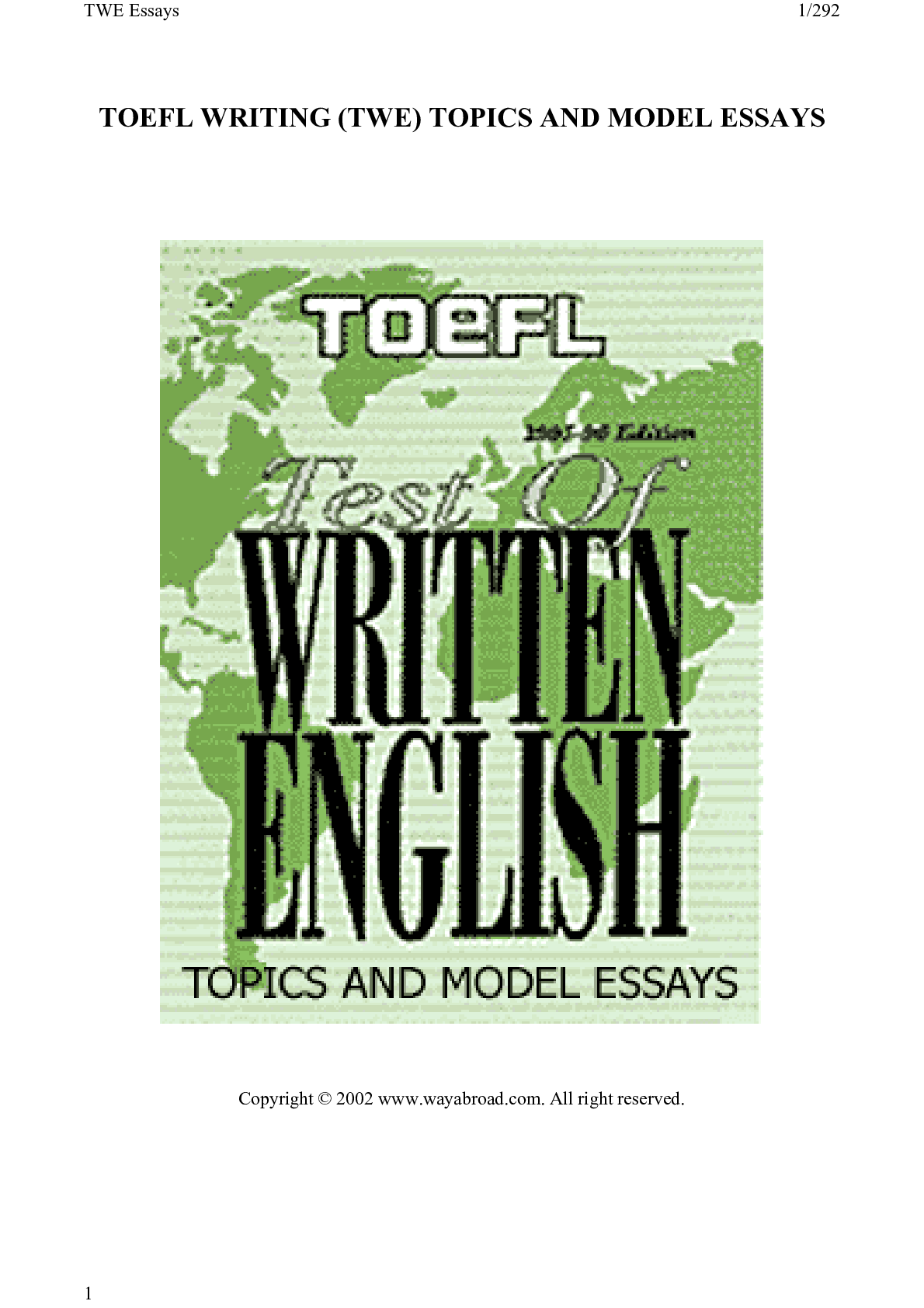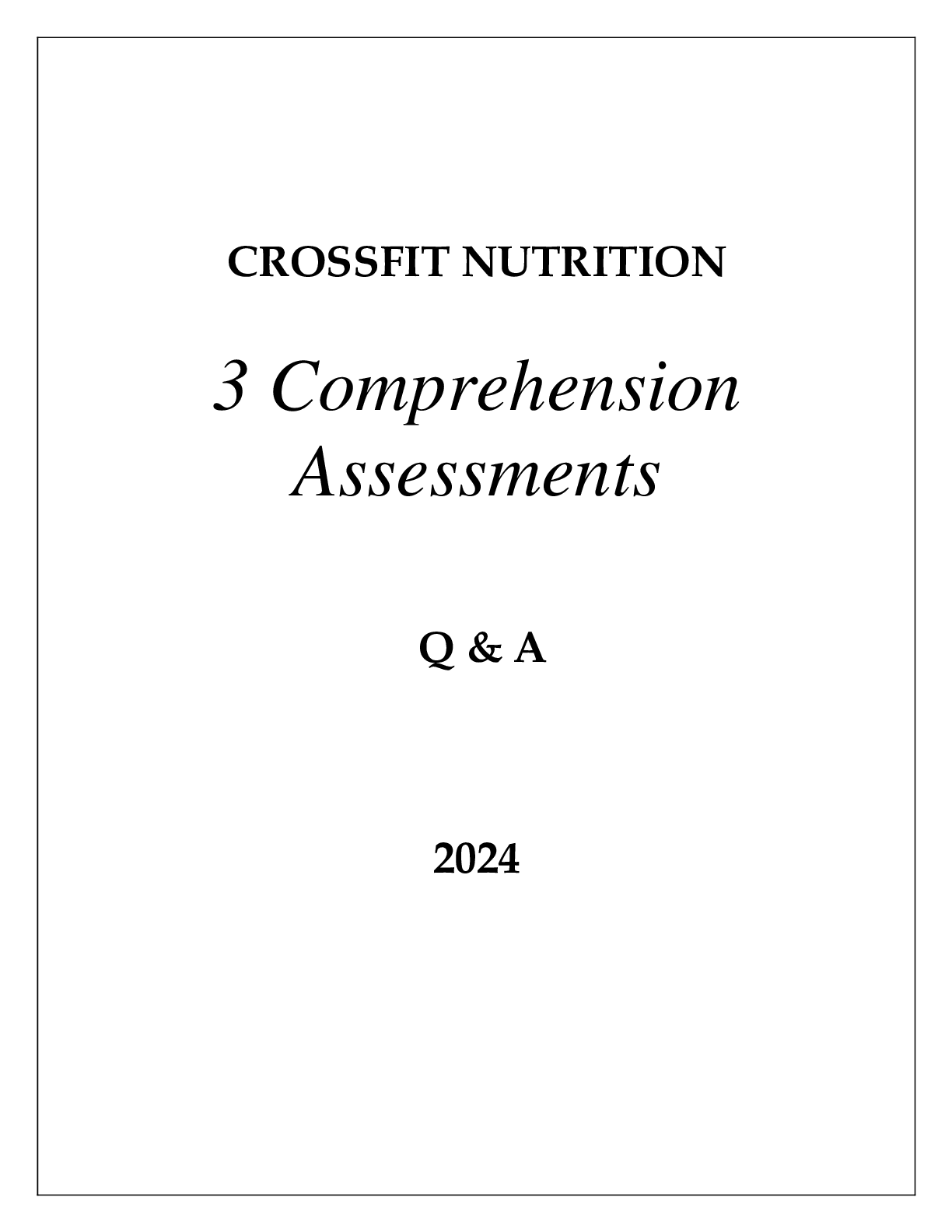Literary Studies > ESSAY > The Framing Theory (All)
The Framing Theory
Document Content and Description Below
Framing Class Analysis: Putting the Theory to the Test Framing Class by Diana Kendall Please refer to Unit #2 in your Course Packet for this essay In chapter one of Framing Class, author Diana Ke ... ndall asserts that media frames influence how audiences feel about certain people, topics, and events (5), and that “journalists and television writers hold elites and their material possessions in greater awe—and encourage their audiences to do likewise—than they do the poor or homeless, who are portrayed, at best, as in need of our pity and, at worst, as doomed by their own shortcomings” (3-4). For this essay, you are going to put Kendall’s theory to the test by reading the article “Life at the Top in America Isn’t Just Better, It’s Longer” by Janny Scott featured in The New York Times. This article profiles three different people; based on the way each person is portrayed in the article, you will argue whether or not Kendall’s theory is accurate. You will first need to acquaint yourself with the types of framing Kendall has identified corresponding to each social class (the upper class, middle class, and working class are portrayed in this article), and then you will need to read the Janny Scott article carefully to see if and/or how these people are depicted. While reading the New York Times article, it’s incredibly important for you to note how you feel about the person being profiled. Pay attention to whether or not you like or sympathize with the person (at what points and where) and then try to determine why. It’s also important to note what kind of personal information is provided about each person—is the author consistent about the kinds of personal information she shares with readers and the methods she uses to share them? Furthermore, what types of quotations and bits of dialogue does the author highlight about each person and how do they make you feel about the person being profiled? Do you get the sense that the journalist is biased against or dislikes any of the three people she profiles? If so, where are the specific places in the article that show her bias? And most important, does this article support the social class framing devices that Kendall has identified in her book? What you need to include in your essay: • A thesis remarking to what extent Kendall’s theory is accurate. • Summarized ideas about the different kinds of framing related to lower class, middle class, and upper class that Kendall has identified and how accurate those ideas are according to the New York Times article. • Specific summaries, paraphrases, and quotations from The New York Times article that provide clear evidence for your points. • Include at least four quotations or paraphrases from Kendall and at least four quotations or paraphrases from the New York Times article. [Show More]
Last updated: 3 years ago
Preview 1 out of 6 pages
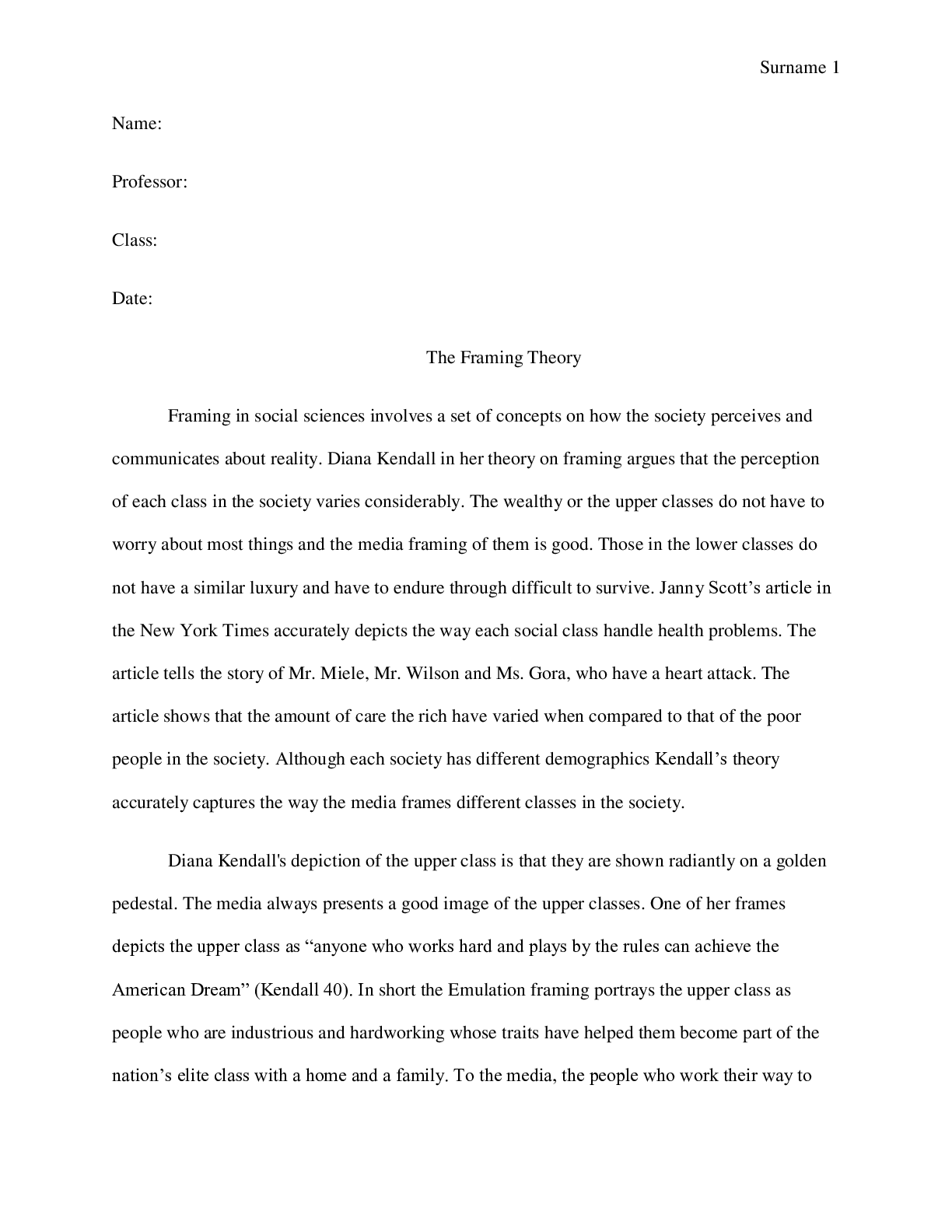
Buy this document to get the full access instantly
Instant Download Access after purchase
Buy NowInstant download
We Accept:

Reviews( 0 )
$5.00
Can't find what you want? Try our AI powered Search
Document information
Connected school, study & course
About the document
Uploaded On
Oct 01, 2020
Number of pages
6
Written in
All
Additional information
This document has been written for:
Uploaded
Oct 01, 2020
Downloads
0
Views
119

